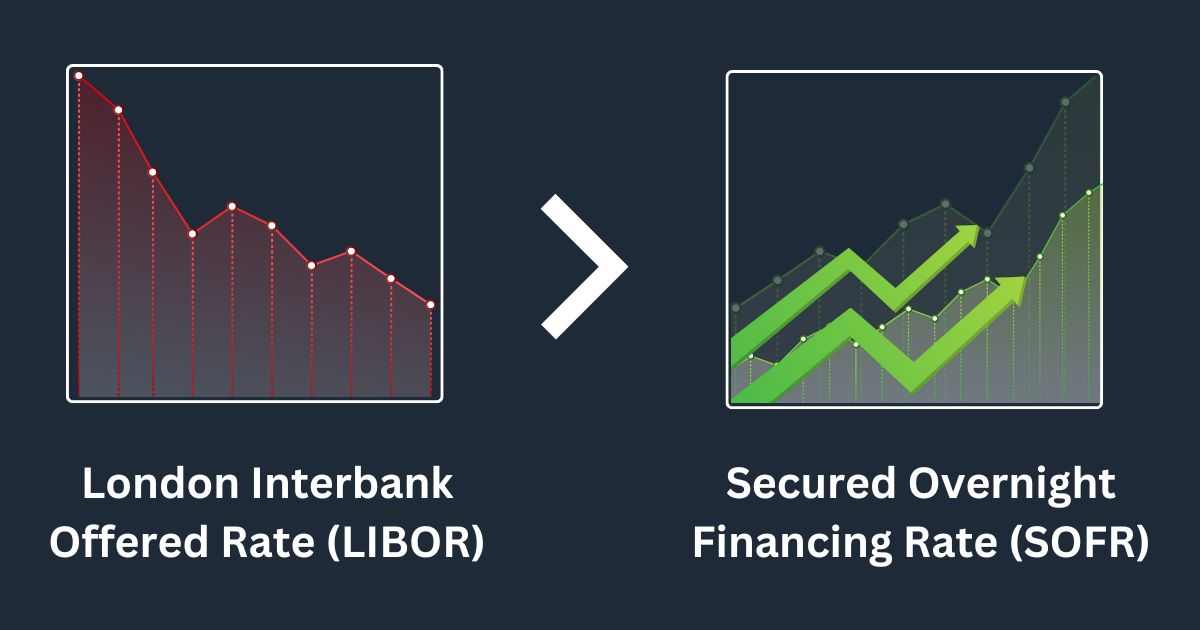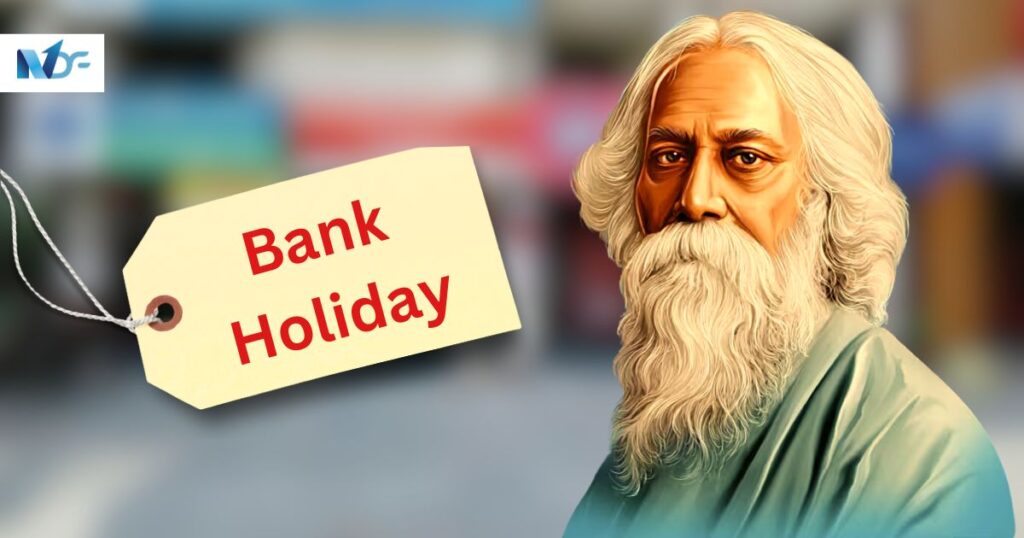MSME stands for Micro, Small & Medium Enterprises. In recent years, this sector has experienced an unexpected surge in growth and serves as a stabilising anchor for the Indian economy during unpredictable times, providing much-needed support and helping to bolster the country’s economic health.
The country’s economy flourishes and prospers as these sectors grow. Small-scale industries, or SSIs, is another term used for industries in the MSME sector.
Did you know that the MSME marketplace is responsible for contributing around 30% of the Indian GDP? It’s true! And one of the reasons for this is how easily this sector can be managed when it comes to paperwork, risk, and financing.
Speaking of financing, things have become even more accessible for MSMEs in recent years. With many institutions now providing business loans at lower interest rates, it’s easier than ever for these businesses to get the funding they need to grow and succeed.
MSME Advantages and Disadvantages In India

Advantages of MSMEs in India
MSMEs offer several advantages in India, including lower startup costs, more adaptability, opportunities for innovation and entrepreneurship, employment generation, economic growth and access to government support.
Some of the primary advantages of MSMEs in India include the following.
Lower Startup Costs
MSMEs often have lower infrastructure and investment expenses than bigger companies, which makes it simpler for entrepreneurs to launch new firms and enter the market.
Collateral Free Bank Loans
The Indian Government has made collateral-free financing available to all small, medium and micro businesses. Both new and established firms can file benefits claims under this scheme.
The Credit Guarantee Trust Fund Scheme was introduced by the GoI, SIDBI, and the Ministry of Micro, Small & Medium Enterprises to ensure this scheme (Credit Guarantee Scheme) is implemented for all Micro and Small Enterprises.
More Flexibility and Agility
MSMEs could react to market developments more effectively and modify their business plans since they are generally more flexible and agile than bigger companies.
Potential for Job Creation and Economic Growth
MSMEs in India is a major source of job opportunities, particularly in rural and semi-urban areas. MSMEs contribute to almost 30% of India’s GDP, significantly boosting the country’s economy.
Preference of the Tender to the MSME
Recently, MSME has been given preference in bids exclusively open to these kinds of companies. The Finance Minister made this statement on unfair competition from foreign firms in acquiring Government bids regarding size and strength in the last COVID-19 relief package.
Concession on Electricity Consumption
The Government also provides a concession on electricity bills for the registered MSMEs. You just have to submit an application, a registered MSME certificate, and a copy of your electricity bill to apply for this incentive.
Subsidies on Intellectual Property like Patent registration and Industrial design
Up to 50% subsidy is provided to companies established under the Micro, Small and Medium Enterprise Act to register patents. You can benefit from this perk by formally applying to the pertinent Ministry. The Government also provides funding for industrial design and promotion to enhance growth.
ISO Certification Fee Reimbursement
Every registered MSME business may recoup 75% cost of getting an ISO certification. This encourages company owners to obtain ISO certification for their operations, enabling them to conduct profitable exports of high-quality goods.
Access to the international market
Corporate delegations from India are given financial assistance to attend international conferences, trade fairs, exhibitions, business meetings, and seminars. This international partnership program makes it possible to become exposed to the more contemporary features of industrialisation.
Now, after going through the advantages if you are excited and avail of them, then we suggest you to get ready with your UDYAM certificate. Incase if you don’t have one, read our guide on how to apply for UDYAM certificate.
Disadvantages of MSMEs in India

Piling of interest
The first issue is the amount of interest that must be paid. The interest that must be paid on loans accumulates rapidly. Despite being the interest rate lower than other loans, the interest accumulates and costs much money when paid.
This obligation does not apply in the case of bootstrapping or angel investing.
Tedious Loan Procedure
While the loan has a high acceptance rate, the sanctioning procedure takes a long time. It takes a lot of time to apply for an MSME loan since various documents must be submitted.
Documents such as income tax returns, profit and loss statements, bank account information, bills of receipt and payment, and much more are required to prove the lender’s validity.
No collateral requirement
Despite being advantageous to the lenders, this might cause issues for the banks. The loan becomes secured when collateral is requested. It is secured because the lending institution will not suffer any loss if a loan becomes an NPA.
Yet, because most MSME loans are made without security, they are unstable and dangerous for banks. That makes it more likely to get poor money.
Processing fees
The borrower’s fee for loan processing results in additional expenses for the entrepreneur. There is no requirement for optional payments like those provided through crowdsourcing or angel investing.
The whole amount is not provided.
Just a fraction of the loan amount is occasionally provided. An approval rate for loans is typically between 50% and 60%.
Difficulty Scaling Up and Expanding
MSMEs often struggle to scale up their operations and expand their businesses, as they lack the needed resources, infrastructure, and expertise. This can limit their ability to compete with larger and more established businesses.
Lack of Skilled Labor
MSMEs often struggle to attract and retain skilled labour, as they cannot offer the same benefits and compensation as larger businesses. This limits their ability to innovate and compete in the market.
Lack of economic expertise
Many marketers lack the financial know-how to influence the business in the right direction, even as they continue to develop new strategies and plan the expansion of their present business. Marketers without a strong understanding of economics could not make important business decisions about MSME financing.
Government policies and initiatives for MSME development
Micro, Small & Medium Enterprises Development (MSMED) Act of 2006
Introduced to promote the growth and development of MSMEs in India, this act establishes an independent regulatory authority to oversee the growth and development of the MSME sector.
Prime Minister’s Employment Generation Programme (PMEGP)
This credit-linked subsidy scheme aims to generate employment opportunities in the MSME sector by providing financial assistance to new and existing micro and small enterprises.
Credit Guarantee Fund Trust for Micro & Small Enterprises (CGTMSE)
This initiative provides credit guarantee support to lending institutions, encouraging them to lend to MSMEs without collateral or third-party guarantees.
National Manufacturing Competitiveness Programme (NMCP)
This programme provides financial assistance to MSMEs to enhance their competitiveness and technology upgradation.
Startup India
This initiative is aimed at promoting the growth of startups in the country. It provides various incentives and support to startups, including tax exemptions, funding, and a startup hub.
Technology Upgradation Fund Scheme (TUFS)
This scheme provides financial support to MSMEs for technology upgradation and modernisation.
Role of technology and digital transformation in MSMEs
The Emergence of Industry 4.0
The digital revolution is now underway and proliferating. To be competitive, businesses of all sizes, including MSMEs, need to adapt and simplify their operations.
Large organisations have employed and modernised their technology for over three decades since digital solutions became available. Technology acquisition used to be a costly process (hardware & software). But that’s no longer the case!
Thanks to giants like AWS, Amazon and Google, Smaller businesses are becoming more able to embrace digital technology.
Corporate processes were automated as Industry 4.0 gained root, and productivity criteria were changed. Technology like the Cloud and the Internet of Things (IoT) is changing a lot in business operations.
Digitalisation for MSMEs in India
The rapidly growing MSMEs in India are going through a digital transformation. The digitisation process transforms a business model and creates opportunities for growth and advancement that are valuable additions.
In the middle of the digital revolution, India is on its way to claiming the title of first “Internet-first nation”. The first stage in creating a business transformation plan is for companies to become digital, which is necessary for India’s ever-growing MSME market.
Building a future-proof business model
With a fast-expanding economy like India’s, digitalisation is the way of the future!
Small businesses may benefit from the very effective digitisation process, which may help them showcase their unique skills by implementing digital resources and adopting cutting-edge technologies.
The increasing Government support towards digital transformation
The rapidly expanding MSME sector is receiving the full backing of the Indian Government, which recognises the sector’s great potential and variety of uses.
Creating an ideas and innovation portal for SMBs is a notable step towards supporting small businesses in becoming independent by fostering innovation and research in the new typical digital environment.
Famous for-profit behemoths like Amazon, Flipkart, and Mastercard are among those industry leaders joining up with the Government to support MSMEs on their path to digitalisation.
Marketing
Marketing is the primary concern of medium-sized enterprises. Due to local regulations and restrictions, MSMEs face major challenges when reaching audiences in other states. Companies looking to reach a broader global audience must digitise their marketing operations.
The use of social media platforms, such as Facebook, WhatsApp, Instagram, or Pinterest, may boost interaction and grow a following. It, therefore, has a big impact on sales and conversion rates.
Importance of collaboration and networking among MSMEs
Due to the constantly shifting business environment and customer needs, on-the-job training and skill upgrading are now more important than ever for MSMEs.
Therefore, MSMEs should collaborate with startups and emphasise innovation as part of the Government’s Digital India initiative. Also, it would allow MSMEs to expand and increase output.
Startups may intervene to help MSMEs modernise and adapt as they are dependent on “technological advancement to advance”.
New opportunities with 5G
A good example is 5G. The potential for new possibilities grows as technology develops and adapts to meet the rising requirements of economies and society.
Yet the promise of prosperous future networks won’t be realised without agreement on the standards that bring solutions to scale and fast. MSMEs can now collaborate with manufacturers, vendors and application developers and serve the masses and set up joint ventures.
Fintech
In a world where 2 billion people lack access to basic financial services like UPI, digital technology can facilitate secure, inexpensive, and reliable solutions. Financial inclusion of consumers is the first step towards “socio economic development.”
Future prospects for MSMEs in India: The growth engine of New India
The Indian Government has long supported the notion of a self-reliant India, or “Atmanirbhar Bharat.” This was done in reaction to the global geopolitical, social, and economic changes and the emergence of the New World Order.
India has a sizable base of over 7.9 million MSMEs. More than 120 million jobs are generated by the MSME industry segment, which accounts for 33% of the country’s GDP and promotes wealth development at the local level.
Focus on MSMEs has throttled the growth of India’s cottage, khadi, village, and coir industries!
The Indian Government has shown outstanding support for growing the sector through a variety of programmes, including “Made in India,” “Digital India,” and “Vocal for Local.”
These initiatives seek to increase job opportunities, encourage investment, stimulate skill development, encourage creativity, and establish a functional industry ecosystem. The country also commemorates National Small Industry Day on August 30 to boost awareness and develop support for MSMEs.
Winding Up
A detailed evaluation of the advantages and disadvantages reveals that the advantages of MSMEs outweigh the disadvantages.
Easy procurement of funds is more important than procuring a partial amount. Similarly, a low-interest rate is more advantageous than the piling of interest.
This makes it evident that most of the difficulties result from bad planning. Interest accumulation and laborious paperwork may be avoided with proper planning and commitment, including planning each instalment in advance.
India’s MSME sector, which has a competitive and high-quality product line, is currently at the centre of global growth.
It would be wise in this scenario to pay attention to experts’ advice. OneNDF is a unified API-enabled loan marketplace in this niche that provides timely and affordable credit solutions for small and medium businesses. If you have any problem with loan procurement, kindly contact us.
Also read : Advantages and Disadvantages of GST
FAQs on MSME advantages and disadvantages
What is the role of MSME in developing countries?
MSMEs work to improve the standard of living for employees and artisans. They assist them by providing employment opportunities and other services. They create specialized training facilities to promote the expansion of entrepreneurship and the upgrading of skills.
What is an interest subsidy for MSMEs?
Eligible MSMEs are liable for a 2% of interest subsidy on the fresh/incremental amount of working capital or term loan.
What is the main challenge faced by MSMEs?
Many Indian MSMEs face challenges, such as the requirement to operate covertly, poor working conditions, a lack of knowledge, navigating scams, and low productivity.
Who is liable for MSME registration?
A sole proprietorship, partnership firm, company, society, or trust with a capital less than Rs. 50 crore and annual turnover below Rs. 250 crores are eligible for an MSME registration.
Suggested Read:
















